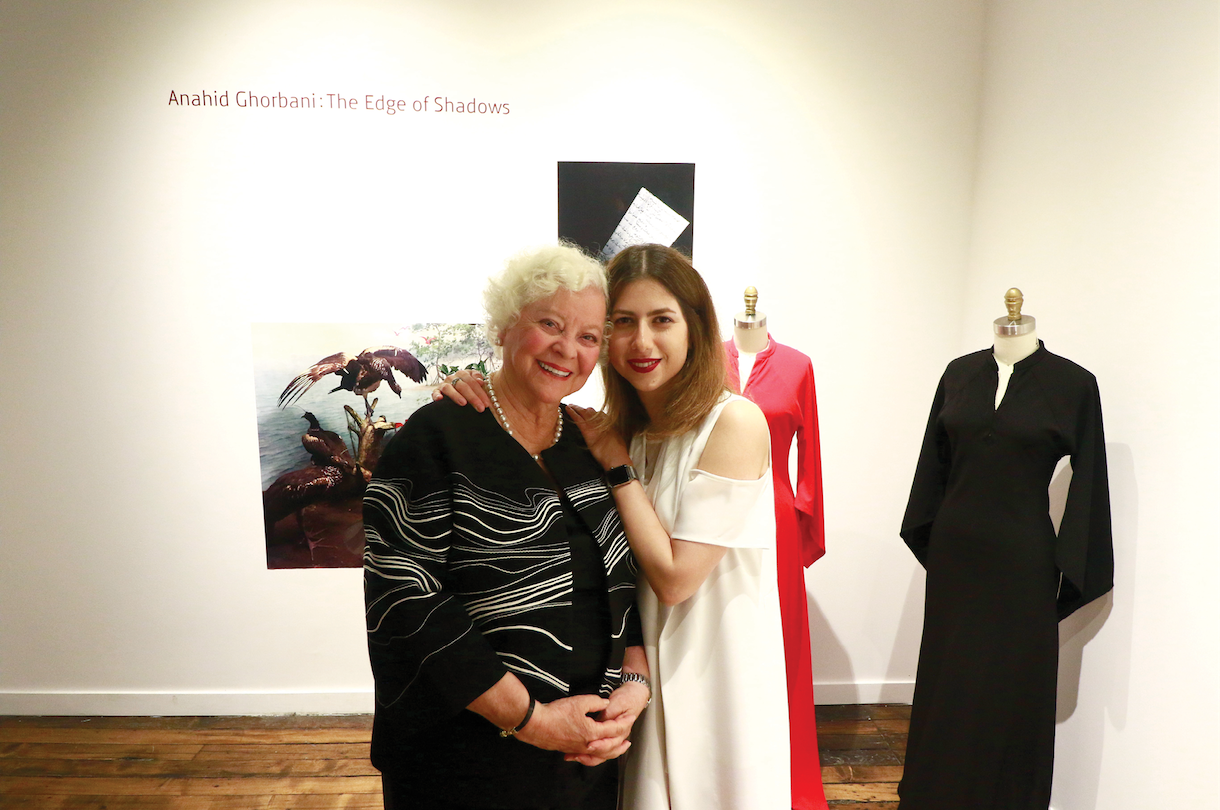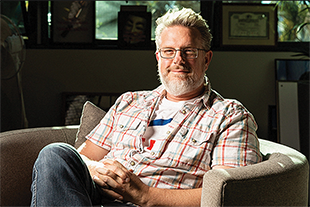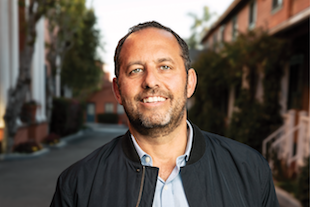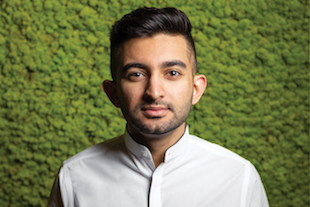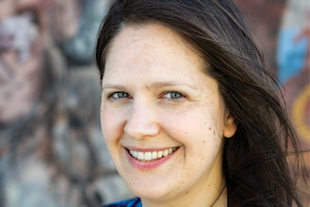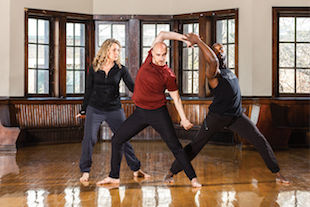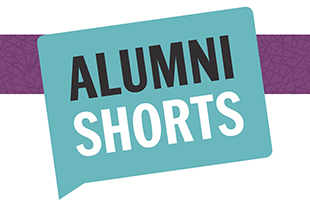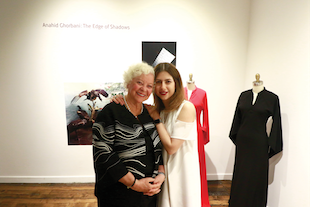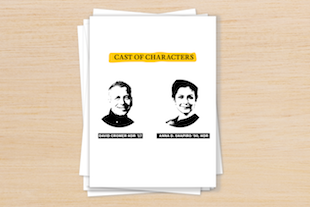Diane Dammeyer Believes in the Power of Photography
Donor Story
With the Dammeyer Fellowship and the new Dammeyer Initiative, Diane Dammeyer promotes photography as a tool for social justice.
For former photography student Diane Dammeyer, photographs are more than just an art form—they are one of the most useful tools for highlighting social justice issues.
“With a visual, you can express a person’s mood and human condition,” says Dammeyer.
The Diane Dammeyer Fellowship in Photographic Arts and Social Issues, the first of its kind at Columbia College Chicago, was established in 2014 by Diane Dammeyer. The fellowship creates an opportunity for a socially engaged postgraduate photographer to immerse themselves in the community of Heartland Alliance to produce a new, original, and compelling body of photographic work that speaks to the human rights and social issues revealed through these experiences. The fellowship was created from Diane’s interest in photography and passion for social justice through previous work with Heartland.
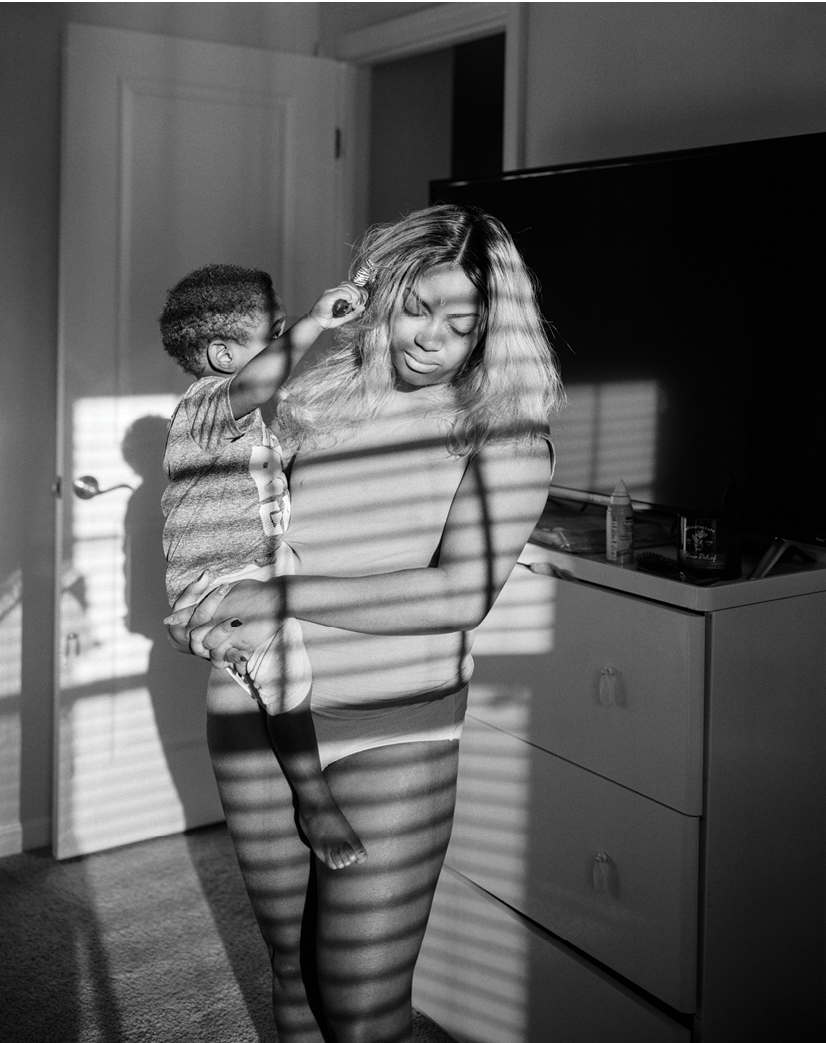
|
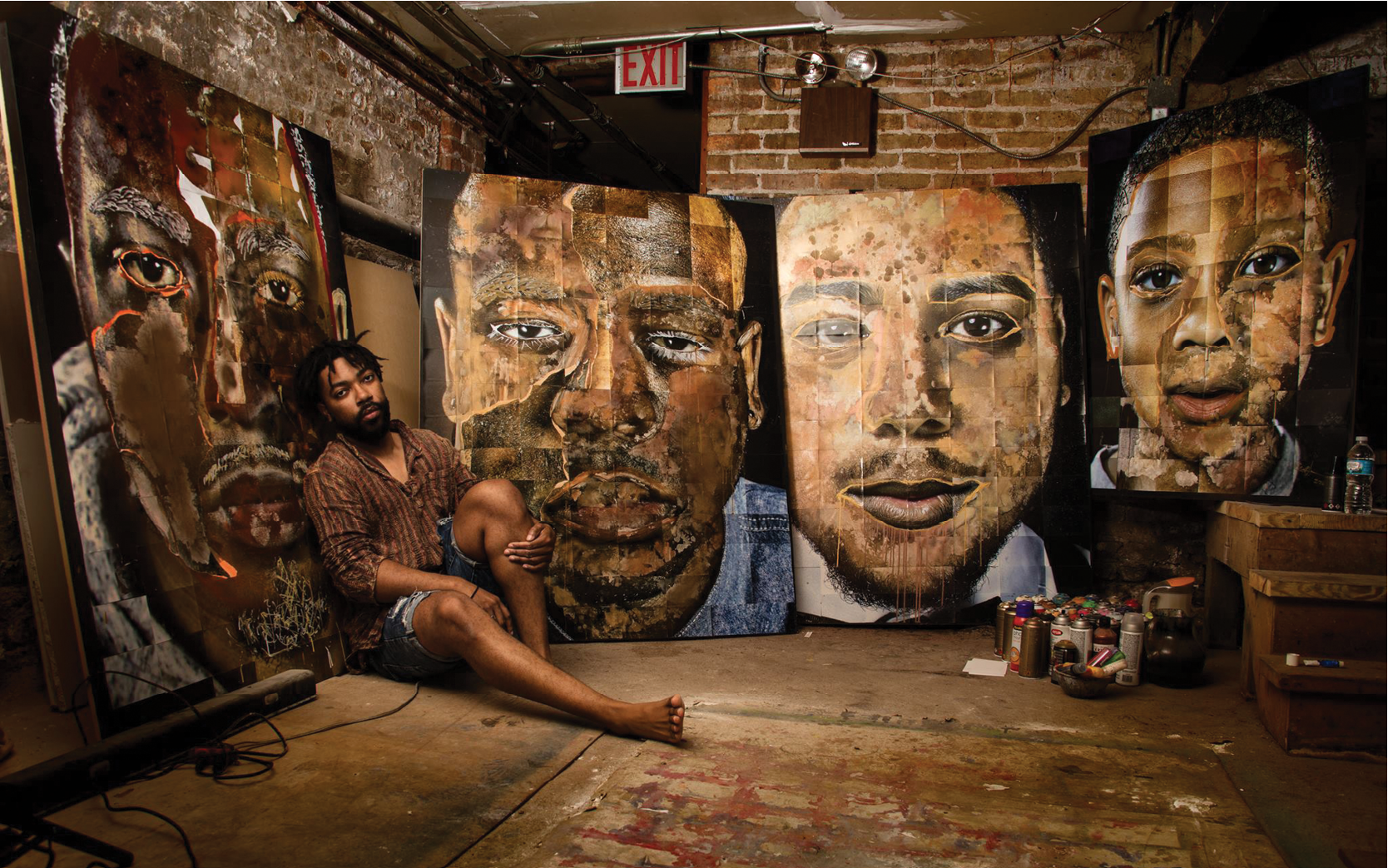
|
Building on this vision, Dammeyer and her husband Rod recently made another generous donation to Columbia to create an overarching initiative, encompassing the existing fellowship and providing additional sustaining support for youth photography workshops that connect faculty, alumni, and students to young people in marginalized communities. One of the programs—a part of the Eyes on Mainstreet outdoor photo festival in Wilson, North Carolina—is known as the Wilson Project. This initiative, spearheaded by Photography Department Chair Peter Fitzpatrick, connects more than 100 local youths with cameras and education.
A second program called Camera for Kids, led by Photography alum Dan Wessell ’14, was just completed in Milwaukee, Wisconsin, with preparations for a similar program at the Pine Ridge Reservation in Kyle, South Dakota. Fitzpatrick is developing strategies to bring both program opportunities to parts of the Chicago community in 2020, and to other parts of the U.S. and the world in the future.
WHAT DREW YOU TO PHOTOGRAPHY?
I’ve always been a visual learner, and I’ve had many opportunities to witness a lot of different situations and a lot of people in poverty. And I wanted others to experience that. I’ve always been drawn to telling personal stories about people. What are they about? What are they thinking? What are their needs? How do they live?
HOW DOES THE WILSON PROJECT HELP YOUNG PHOTOGRAPHERS?
The Wilson Project is for young photographers to learn and express themselves with this art form, be with other photographers, and really decide if they want to work in this environment. Photography is something you learn by doing. It’s a perfect way for them to take the learning experience of the classroom and then try to integrate it into their own experience and their own formation of how they use photography.
WHY DO YOU THINK COMMUNITY-BASED PARTNERSHIPS ARE IMPORTANT?
When trying to tell the story of a certain population group, photographers not only support the individual experiencing it, like the homeless person or the person living in poverty, but they’re also supporting the social worker who’s trying to help a certain population. So, it’s the bridge between the two that tells the story to others. Not everybody has the experience of actually observing [these issues] firsthand, or working with the individuals that need help. So, a visual is the beginning of a conversation about what is happening there.
THE FELLOWSHIP HAS BEEN GOING ON FOR FIVE YEARS. WHAT HAS SURPRISED YOU ABOUT IT?
Gee, where to start? Everything. All of the recipients have their own personality that they inject into the project, and what has surprised me is the variation in their approaches to their work. I did this myself when I was a student at Columbia. It made me grow and think in a different way, and that’s the beauty of photography.
